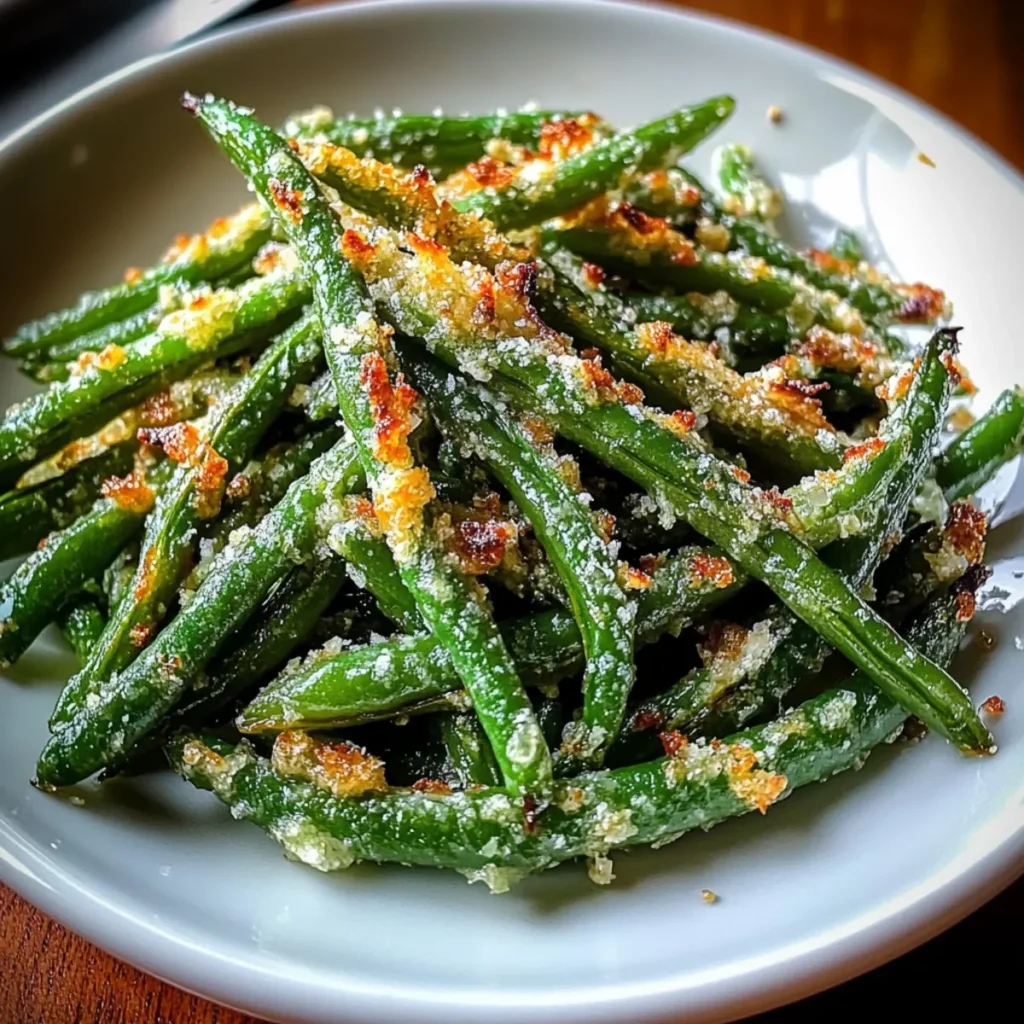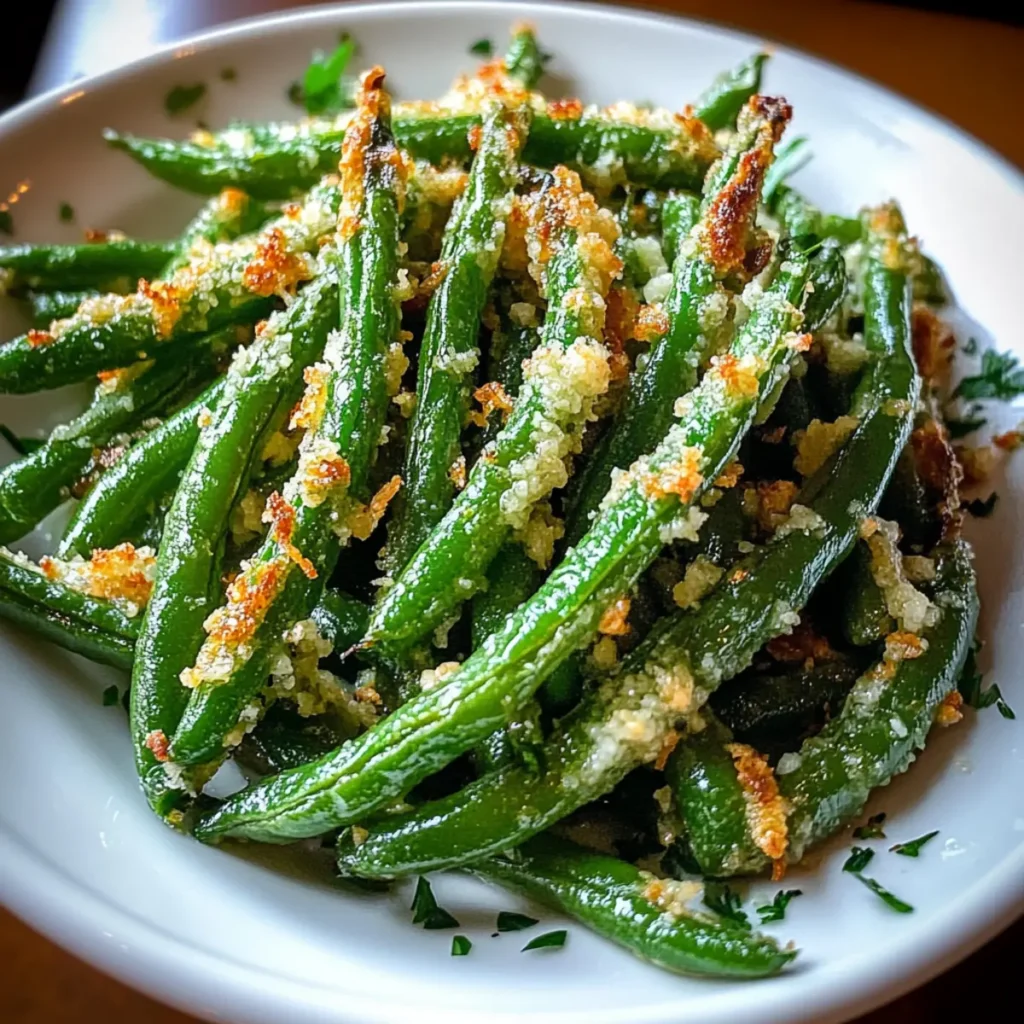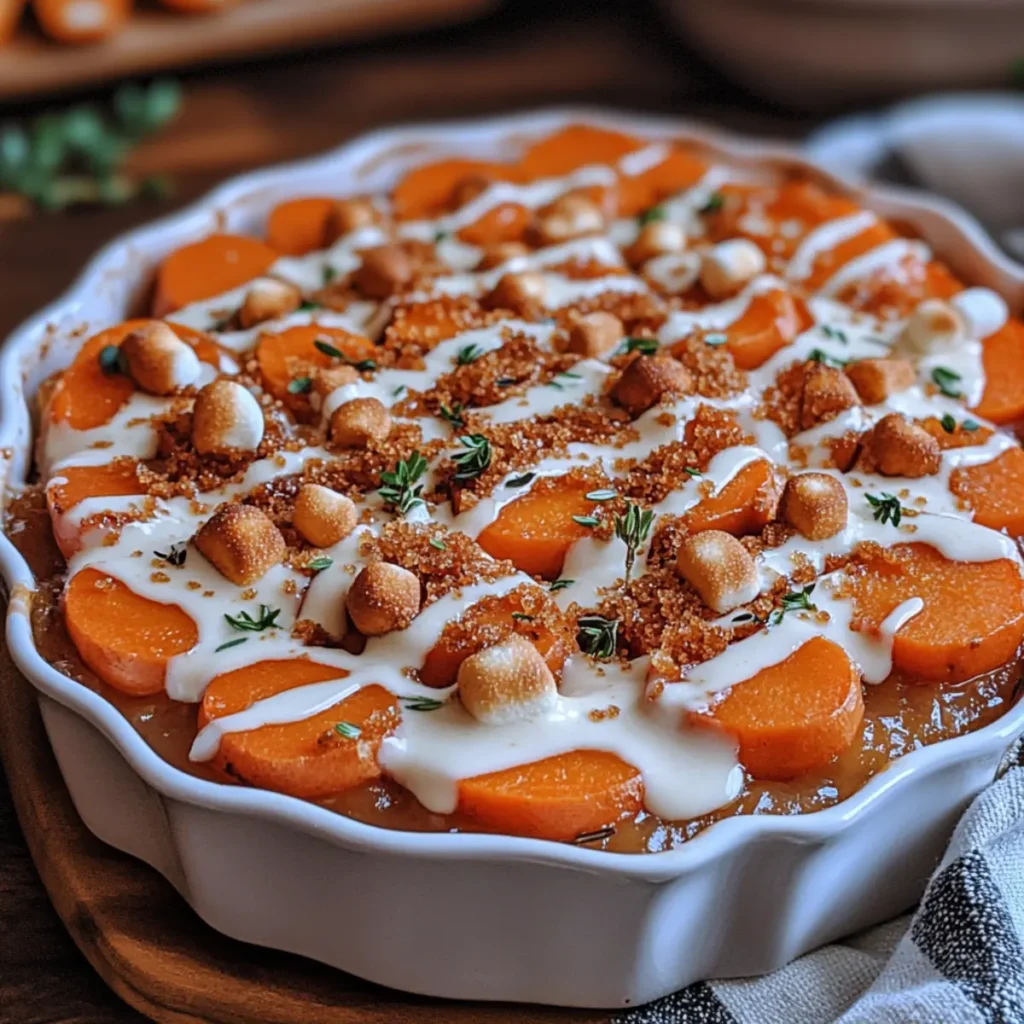Welcome to the flavorful world of spicy ketchup, a condiment that has taken the culinary scene by storm. This isn’t just your ordinary ketchup; it’s a vibrant, zesty twist on the classic tomato sauce we all know and love. Spicy ketchup seamlessly blends the familiar sweet and tangy taste of traditional ketchup with an exciting kick of heat, making it a versatile and beloved addition to a variety of dishes.
In this exploration, we’ll dive into what makes spicy ketchup so special, its historical roots, how to make it at home, and the myriad of ways it can transform your meals. Whether you’re a heat-seeking spice lover or just looking to add a new dimension to your culinary creations, spicy ketchup offers a world of possibilities. Let’s embark on this spicy journey and discover how a simple tweak to a classic condiment can elevate your dining experience to new, exhilarating heights.
The Simple Art of Making Spicy Ketchup
Creating spicy ketchup is a delightful culinary adventure that’s both easy and rewarding. This condiment, a zesty twist on the traditional ketchup, can elevate a range of dishes from ordinary to extraordinary. Here’s how you can make your own batch of spicy ketchup, infusing a bit of heat and flavor into every meal.
Ingredients and Preparation of Spicy Ketchup
To begin, you’ll need a few basic ingredients:
- Ketchup: This serves as the foundation of your spicy concoction.
- Hot Sauce: The primary source of heat. The type of hot sauce you choose can vary based on your preferred spice level. Options range from mild to intensely hot.
- Cayenne Pepper: For an additional layer of spiciness and a more complex flavor profile.
The preparation process is straightforward:
- Combine Ingredients: In a mixing bowl, blend together the ketchup, hot sauce, and cayenne pepper. The quantities of hot sauce and cayenne pepper can be adjusted according to how spicy you want your ketchup to be.
- Taste and Adjust: After mixing, taste your spicy ketchup and adjust the seasoning as needed. If it’s too spicy, you can add more ketchup to balance the heat.
- Let It Marinate: For the flavors to fully meld, let the mixture sit for a bit. An hour or two in the refrigerator should suffice, but you can use it immediately if you’re in a hurry.
Customization Tips
- Heat Variations: If you’re adventurous, experiment with different types of hot sauces, from smoky chipotle to fiery ghost pepper, to find your perfect match.
- Sweetness Balance: For a sweet-spicy balance, consider adding a teaspoon of honey or brown sugar.
- Herbal Touch: Enhance the flavor with a pinch of garlic powder, onion powder, or even some finely chopped fresh herbs.
Serving Suggestions
Spicy ketchup is much more than a mere condiment; it’s a versatile ingredient that can enhance a wide array of dishes. Here are some creative and delicious ways to incorporate this zesty sauce into your meals:
For Classic Comfort Foods
- Burgers and Hot Dogs: Elevate your classic barbecue staples by adding a generous spread of spicy ketchup. It adds a delightful zing to these traditional favorites.
- Fries and Onion Rings: Whether you prefer classic potato fries, sweet potato fries, or crispy onion rings, spicy ketchup serves as the perfect dipping sauce.
As a Creative Condiment
- Sandwiches and Wraps: Spread it on sandwiches or wraps for an added layer of flavor. It pairs well with a variety of fillings, from grilled chicken to fresh veggies.
- Tacos and Quesadillas: Give your Mexican dishes a twist by using ketchup as a topping or a mix-in for salsas.
In Cooking and Marinades
- Glazes for Meat: Use spicy ketchup as a base for glazes on grilled or roasted meats like chicken, pork, or beef. Its balance of sweetness and heat can really enhance the flavor of your meats.
- Stir-Fries: A spoonful of ketchup can add depth and a hint of heat to your stir-fry dishes, complementing both meat and vegetable ingredients.
Breakfast and Brunch
- Eggy Dishes: Add a dollop of ketchup to scrambled eggs, omelets, or breakfast sandwiches for a morning meal with a kick.
- Bloody Marys: Incorporate it into your Bloody Mary mix for a brunch cocktail that packs a punch.
Snacks and Appetizers
- Dipping Sauce for Appetizers: It’s great as a dip for appetizers like mozzarella sticks, jalapeño poppers, or chicken wings.
- Cheese Platters: A small bowl of spicy ketchup can be a surprising and welcome addition to a cheese platter, offering a sweet and spicy counterpoint to various cheeses.
In Baked Goods
- Savory Baked Goods: Experiment by adding spicy ketchup into recipes for savory muffins, bread, or cornbread for an unexpected flavor twist.
The versatility of spicy ketchup lies in its ability to add both heat and flavor to a wide range of dishes. From breakfast to dinner, snacks to cocktails, this condiment can elevate your culinary creations with its unique blend of sweetness and spice. Don’t hesitate to get creative and discover new ways to enjoy this zesty twist on a classic sauce.
Conclusion
Making spicy ketchup at home is not only simple but also allows for creativity. You can adjust the heat, add your favorite herbs, or even experiment with different base sauces. It’s a fun and easy way to add a personal touch to your meals and impress your family and friends with your culinary skills.
For a detailed recipe and more insights, check out Savory Experiments, where they delve into the nuances of creating the perfect spicy ketchup.
Historical Insights and Storage Tips
The journey of ketchup from a historical condiment to a modern kitchen staple is as rich and varied as its flavors. Understanding its past and learning how to store it properly can enhance your appreciation and usage of this versatile sauce.
A Brief History of Ketchup
Ketchup’s origins are surprisingly international and date back centuries. Here are some key historical highlights:
- Ancient Roots: The concept of ketchup originated from a Chinese sauce called “ke-tsiap,” a fermented fish sauce. It traveled via traders to Indonesia and Malaysia, where it became “kecap” (pronounced kay-chap).
- European Adaptation: The sauce made its way to Europe in the 17th century. The British and Dutch experimented with the recipe, using ingredients like mushrooms, walnuts, and even oysters.
- Tomato Introduction: Tomatoes were introduced to the ketchup recipe in the early 19th century in the United States. This version gained immense popularity, leading to the tomato-based ketchup we know today.
- Spicy Twist: The addition of spices to ketchup is a relatively recent trend, reflecting the modern palate’s affinity for bolder and more diverse flavors.
Storage Tips for Homemade Spicy Ketchup
Proper storage is key to maintaining the flavor and freshness of your homemade spicy ketchup. Here are some tips:
- Refrigeration: Always store your spicy ketchup in the refrigerator. A tightly sealed container is essential to keep it fresh and prevent contamination.
- Shelf Life: Homemade ketchup typically lasts about 1-2 weeks in the fridge. If you notice any odd smell or mold, it’s time to discard it.
- Freezing Option: For longer storage, spicy ketchup can be frozen. Use an airtight container or a freezer-safe bag. It can last for several months in the freezer.
- Thawing: When you’re ready to use frozen ketchup, thaw it in the refrigerator overnight. Give it a good stir before using, as separation may occur.
Conclusion
The evolution of ketchup from a fermented fish sauce to the beloved tomato-based condiment is a testament to its versatility and enduring appeal. By making your own ketchup and storing it correctly, you not only get to enjoy a delicious, customized sauce but also become a part of its rich and flavorful history.
For more on the fascinating history of ketchup, visit Sporked, where they explore various ketchup flavors and their origins.
Versatility in the Kitchen
Spicy ketchup is not just a condiment; it’s a culinary chameleon, capable of enhancing a wide array of dishes with its unique blend of sweetness, tanginess, and heat. Its versatility in the kitchen makes it a must-have in any cook’s arsenal. Here are some creative ways to incorporate this zesty sauce into your cooking:
Transforming Everyday Dishes
- Elevate Your Burgers and Hot Dogs: Move beyond traditional toppings by adding a dollop of spicy ketchup. It can transform an ordinary burger or hot dog into a gourmet experience.
- A New Twist on Sandwiches: Spread it on sandwiches or wraps for an added kick. It pairs wonderfully with both meat and vegetarian options.
As a Dipping Sauce
- Perfect for Finger Foods: Spicy ketchup is an excellent dip for finger foods like chicken tenders, mozzarella sticks, or vegetable crudites. Its bold flavor complements a variety of textures and tastes.
- Revamp Your Fries: Whether they’re classic potato, sweet potato, or even zucchini fries, spicy ketchup can add an exciting twist.
Cooking and Marinades
- Marinades and Glazes: Use it as a base for marinades or glazes for meats like chicken, pork, or beef. The ketchup’s acidity and spices penetrate the meat, tenderizing it and infusing it with flavor.
- Innovative Stir-Fries: Add a spoonful to your stir-fries for a quick and easy way to introduce depth and heat.
Breakfast and Brunch
- Spice Up Your Eggs: Whether it’s scrambled, fried, or in an omelet, a little spicy ketchup can add a pleasant zing to your breakfast eggs.
- Bloody Marys with a Twist: Use it as an ingredient in a Bloody Mary for a brunch cocktail with an extra kick.
Baking and Snacks
- Homemade Snack Seasoning: Mix it into homemade snack mixes or sprinkle over popcorn for a unique flavor.
- Baked Goods: Incorporate it into savory baked goods like muffins or cornbread for a subtle spicy undertone.
Conclusion
The versatility of spicy ketchup lies in its ability to complement and enhance a wide range of dishes. From being a simple dip to becoming a key ingredient in sophisticated recipes, it proves to be much more than just a condiment. Its ability to adapt to different cuisines and cooking styles makes it a valuable and exciting addition to any kitchen.
While exploring the versatility of spicy ketchup, why not try it with a classic comfort dish? Check out our Velveeta Mac and Cheese recipe for a delightful pairing that brings a new twist to this beloved classic.
Conclusion
Spicy ketchup is more than just a condiment. It’s a testament to the creativity and evolution of culinary practices. Making your own adds a delicious twist to meals and connects you to a rich culinary history.
If you’re intrigued by the idea of combining sweet and spicy flavors, our Strawberry Cream Cheese Frosting recipe can serve as a perfect inspiration for creative culinary experiments with spicy ketchup.
FAQs
Is Spicy Ketchup a Thing?
Absolutely, spicy ketchup is a real and increasingly popular condiment. It’s essentially traditional ketchup infused with various spices and hot sauces to add a kick. This twist on the classic ketchup is favored by those who enjoy a bit of heat in their food.
Does Heinz Have Spicy Ketchup?
Yes, Heinz, one of the most well-known ketchup brands, offers a version of spicy ketchup. Their product typically includes additional spices and heat elements to cater to those who prefer a spicier taste in their condiments.
Why Do Kids Think Ketchup is Spicy?
Some children might find ketchup spicy due to their less developed palates, which are more sensitive to even mild spices. Ketchup contains acids like vinegar and spices, which can seem “spicy” to a child’s taste buds. As children grow and their palates become more accustomed to different flavors, they usually outgrow this perception.
Who Makes Hot Ketchup?
Several brands make hot ketchup, including well-known companies like Heinz and lesser-known artisanal producers. These brands often experiment with different levels of heat and spice combinations, offering a range of options for those who love a spicy twist on their ketchup. Additionally, many people make their own hot ketchup at home, tailoring the spice level to their personal preference.
To see how spicy ketchup can enhance dishes from different culinary traditions, dive into the unique flavors of our Salvadoran Quesadilla, where the fusion of cultures creates a delightful taste experience.





